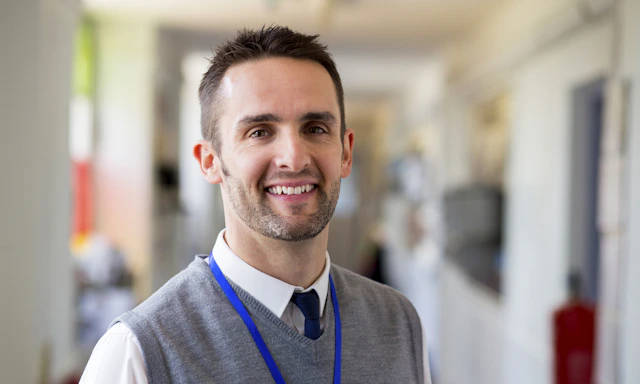

What Do You Say to ‘That’s So Gay’ & Other Anti-LGBTQ+ Comments?
Produced by the
HRC Foundation
It doesn’t matter if it is a first grader who might not
know what the word “gay” means, a sixth grader trying
to sound cool or a tenth grader “teasing” a friend. All
of these scenarios have the potential of creating an
unsafe classroom or school environment and must be
addressed. So, what can caring adults do?
Download PDF
Descargar En Español
STOP IT…
Keep it simple with quick responses:
- “Remember, we don’t use put-downs in this class.”
- “Do you know what ‘gay’ means?"
- “It’s not OK at this school to use ‘gay’ disrespectfully to mean something is bad.”
- “You may not have meant to be hurtful, but when you use the word ‘gay’ to mean something is bad or stupid, it is hurtful.” Follow-up with, “Do you know why it is hurtful?”
- “Using any derogatory word to tease someone is harassment and is unacceptable.”
- “Even if you didn’t mean to offend people who are gay, it is offensive to call this assignment gay (or queer); if you don’t like something, then say you don’t like it!”
- “It is never OK to say, ‘you act like a girl (or look like a boy)’ as a put-down.”
- “Using a slur related to gender or sexual orientation to joke around is not OK. These are hurtful words and can impact anyone who overhears them.”
- “It doesn’t matter who said it, I don’t want to hear that kind of language again. Is that clear?”
DON'T IGNORE IT…
- Harassment does not go away on its own.
- Ignoring mean name-calling and hurtful teasing allows it to continue and possibly get worse.
- If other students do not see action, they get the message there is nothing wrong with it.
- Not speaking up teaches the student targeted, as well as anyone within range, that they will not be protected from harassment.
- Almost any response is better than ignoring the situation. You may not know exactly what to say, but you must stop the harassment.
- Taking action reaffirms limits. Interrupting name-calling and harassment isn’t always easy. With experience you will become more comfortable in handling it. Practice with colleagues.
- You can always go back to the student and say or do something else if you feel you did not respond well.

EDUCATE…
- If you have the time and opportunity to educate on the spot, do it. If you don’t, make time later.
- If you have been hearing the phrase “that’s gay”, take time during class to make sure that your students know what “gay” means and know why it is hurtful to use as a comment or put-down.
- Be clear that using the word “gay” in a negative way is disrespectful. Be clear that using the phrase “that’s gay” is hurtful to other students who may have family members and friends who are LGBTQ+.
- Be prepared to provide accurate information. For the youngest students, keep it simple—for example, “The word ‘gay’ describes a man and a man or a woman and a woman who love or are attracted to each other.” As students get older, they may want more explanations and discussion.
- In lessons on respect, prejudice or civil rights, include information about discrimination against LGBTQ+ people and the LGBTQ+ civil rights movement.

BE PROACTIVE…
- Develop an environment of respect and caring for all students in your school and classroom using inclusive language, books and other materials.
- Establish clear schoolwide and classroom policies against hurtful teasing and bullying. Ensure that all members of the school community understand what the policies are and why they are important.
- Be explicit that rules against hurtful name-calling include all LGBTQ+ put-downs.
- Develop the capacity of students and educators to be allies that stand up for students who are harassed.

This handout was developed in partnership between the National Education Association (NEA) and the Human Rights Campaign Foundation's Welcoming Schools.
*LGBTQ+: Lesbian, Gay, Bisexual, Transgender, Queer, Plus
The Human Rights Campaign reports on news, events and resources of the
Human Rights Campaign Foundation
that are of interest to the general public and further our common mission
to support the LGBTQ+ community.
- Topics:
- LGBTQ+
- Bullying
- Responding to Questions


